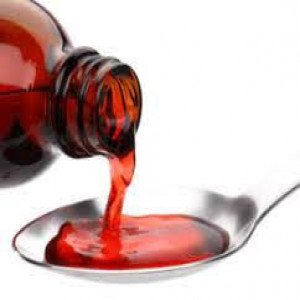 Welcome
Welcome
“May all be happy, may all be healed, may all be at peace and may no one ever suffer."
- A
- B
- C
- D
- E
- F
- G
- H
- I
- J
- K
- L
- M
- N
- O
- P
- Q
- R
- S
- T
- U
- V
- W
- X
- Y
- Z
Phospholipids - Brands
Phospholipid (beractant) is a sterile, non-pyrogenic pulmonary surfactant intended for intratracheal use only. It is a natural bovine lung extract containing phospholipids, neutral lipids, fatty acids, and surfactant-associated proteins to which colfosceril palmitate (dipalmitoyl phosphatidylcholine), palmitic acid and tripalmitin are added to standardize the composition and to mimic the surface-tension lowering properties of natural lung surfactant. It is dispersed in 0.9% sodium chloride solution and heat-sterilized. Phospholipid contains no preservatives. It contains two, hydrophobic, low molecular weight, surfactant-associated proteins commonly known as SP-B and SP-C. It does not contain the hydrophilic, large molecular weight surfactant-associated protein known as SP-A.
Pharmacology
Endogenous pulmonary surfactant lowers surface tension on alveolar surfaces during respiration and stabilizes the alveoli against collapse at resting transpulmonary pressures. Deficiency of pulmonary surfactant causes Respiratory Distress Syndrome (RDS) in premature infants. Phospholipid replenishes surfactant and restores surface activity to the lungs of these infants.
In vitro, Phospholipid reproducibly lowers minimum surface tension to less than 8 dynes/cm on the pulsating bubble surfactometer and Wilhelmy Surface Balance.
In vivo, single Phospholipid doses improve lung pressure-volume measurements, lung compliance, and oxygenation in premature rabbit and sheep.
To be happy, beautiful, healthy, wealthy, hale and long-lived stay with DM3S.
